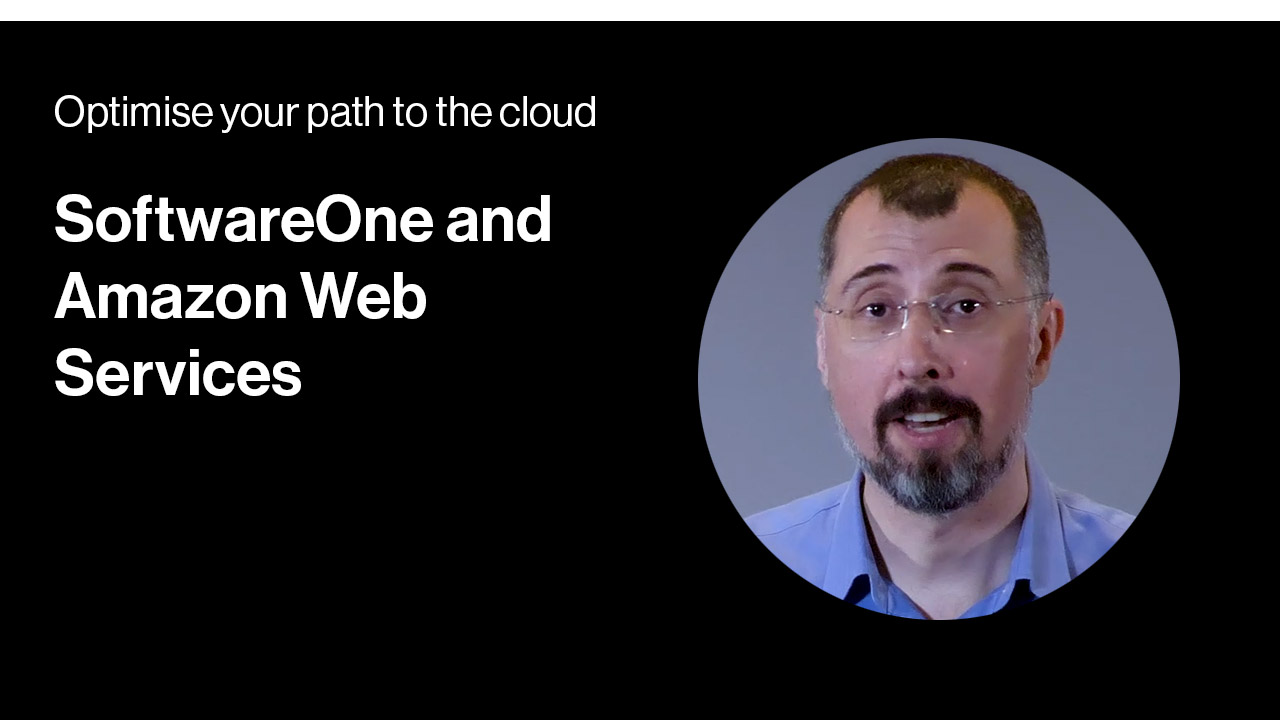How one organization made the move to AWS
A publisher and science research organization we worked with had long relied on on-premises data centers, but – over time – that infrastructure ended up accumulating a lot of technical debt: out-of-date operating systems, code and hardware, along with several support contracts approaching end of life. This made it increasingly difficult to meet user expectations for digital services and innovation.
Working with our team, this organization decided to migrate to AWS and created a Cloud Center of Excellence to optimize the move. At the same time, our team built a landing zone for the move to AWS and developed solutions to accelerate the organization’s pipelines for continuous integration and continuous delivery (CI/CD).
Using the AWS MAP program, our team then created an in-depth business case for migration, along with a plan to manage business changes throughout the move. Together, the organization adopted a “migration factory” philosophy to ensure that multiple projects could be successfully delivered within aggressive timelines without business disruption. The move took place in two phases, with corporate workloads being moved first, followed by publishing workloads.
Since completing the migration, the organization’s IT maintenance demands are significantly lower than before. This has not only helped to reduce operational costs – the average saving on infrastructure costs by migrating to AWS is 31% – but freed up time for the organization's IT team to focus on innovating and optimizing services. Our team continues to support the business by monitoring and managing its workloads to ensure they are compliant, secure and continually improving.


